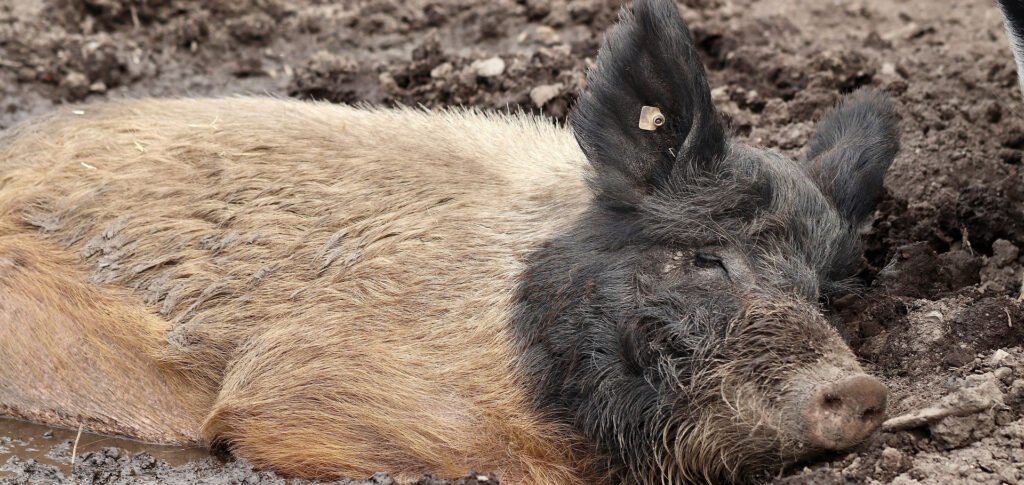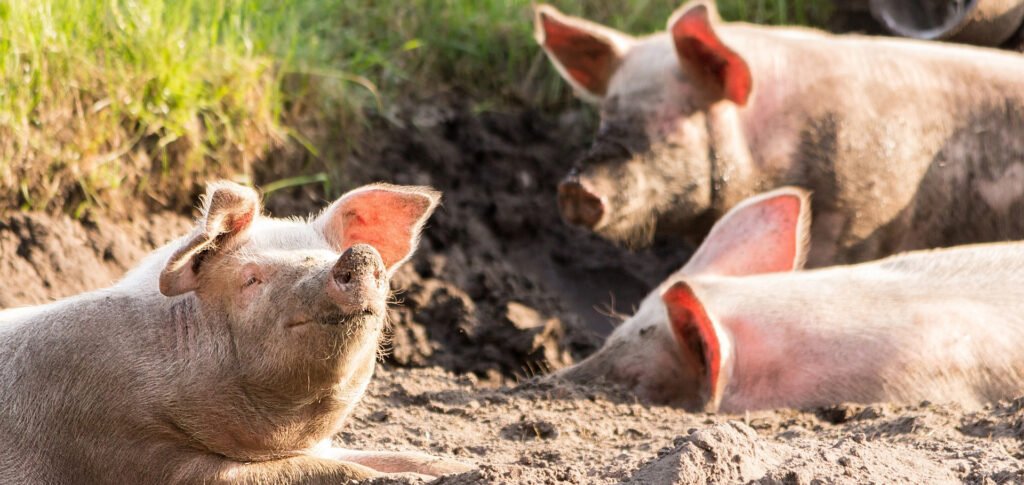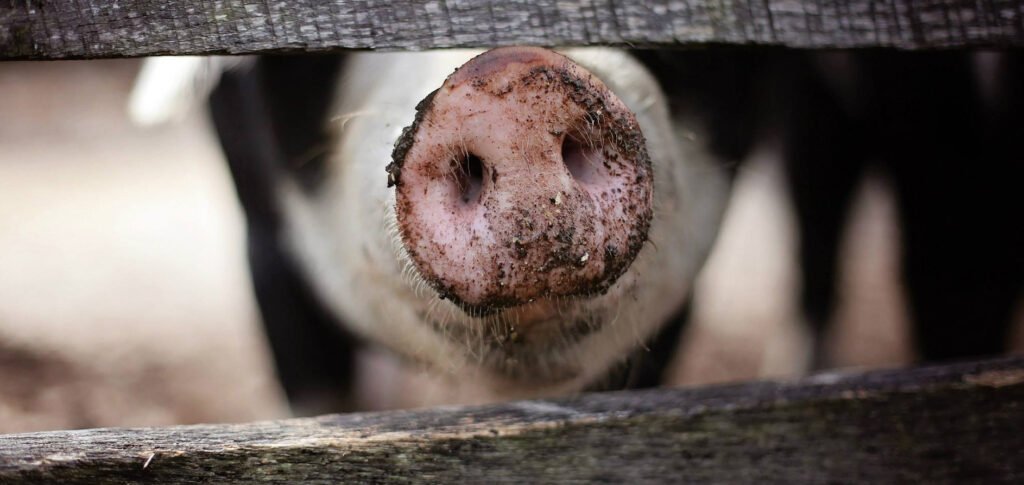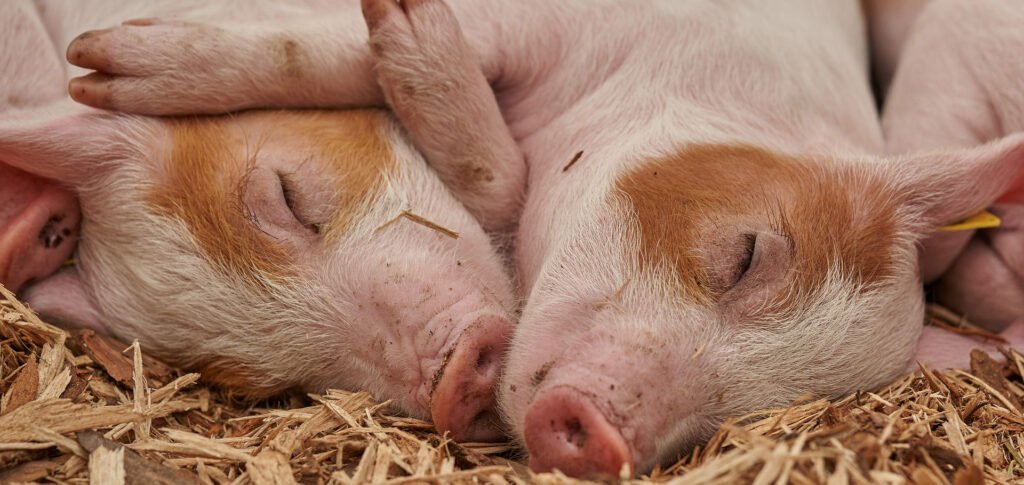In recent years, the ban on antibiotics in feed, the prevalence of feed raw materials and various substitutes have led to very unstable feed formulations and feed quality. What should be done if pigs are poisoned after eating poor-quality feed?
1. Reasons for Poisoning
Generally speaking, there are mainly three reasons for pigs to be poisoned due to eating poor-quality feed.
(1) Feed poisoning. For example, it is caused by feed mildew or mycotoxins. After being poisoned, pigs will show digestive disorders, neurological symptoms and liver damage.
(2) Drug poisoning. For example, excessive use of antibiotics when mixed with feed will lead to the accumulation of toxins in the liver and kidneys and cause poisoning.
(3) Salt poisoning. It is caused by inaccurate measurement of salt, resulting in excessive salt content, or by accidentally feeding brine from pickled meat, pickled vegetable brine, etc. Poisoning will be aggravated when there is a lack of water supply or insufficient drinking water.
2. Rescue Methods
(1) Inducing Vomiting
This method is mainly used for poisoning by drugs such as organophosphorus. 10mg of veratrine can be injected subcutaneously, or an emetic can be taken orally, or the mucous membrane of the throat can be gently wiped with a wooden stick and a rubber tube to make pigs vomit and expel the toxins remaining in the stomach and intestines, so as to prevent the poisoning from getting worse.
(2) Gastric Lavage
When it is found that pigs are poisoned and about 5 hours have passed, and the toxins have been digested by the stomach at this time, inducing vomiting will no longer work, and gastric lavage should be chosen instead.
Different agents are selected for gastric lavage according to different toxins. For hydrocyanic acid poisoning, 1% potassium permanganate solution or 3% hydrogen peroxide can be chosen for gastric lavage; for organophosphorus poisoning, 1% sodium bicarbonate solution should be used for gastric lavage; for poisoning by corrosive drugs, gastric lavage should not be carried out as it may cause gastric perforation. In addition, for poisoned pigs, gastric lavage should be repeated until the lavage water becomes clear.
(3) Purging
When toxins enter the intestines, laxatives should be chosen. Since most poisons are easily soluble in oil, using oil-based laxatives can accelerate the body’s absorption of toxic substances. Therefore, saline cathartics such as mirabilite and magnesium sulfate can be used. If it is salt poisoning or nitrate poisoning, a large amount of clean water should be administered orally to reduce the concentration.
(4) Bloodletting and Antidotes
If the poisoning lasts for a long time and toxins enter the blood, antidotes should be used at this time. For hydrocyanic acid poisoning, sodium nitrite solution can be given by intravenous drip; for organophosphorus pesticide poisoning, atropine should be used for detoxification; for poisoning by alkaline substances, dilute hydrochloric acid or vinegar can be used for detoxification; for alkaloid poisoning, potassium permanganate can be used for oxidation and detoxification. If a large amount of toxins enter the blood, while using antidotes, venous bloodletting can be carried out for rescue. About 400ml of blood can be let out each time. At the same time, fluid infusion should be given to pigs to make them urinate and sweat as soon as possible, which can also achieve the purpose of detoxification.







